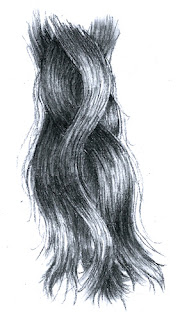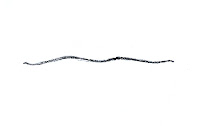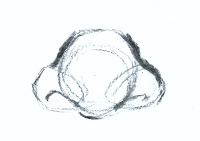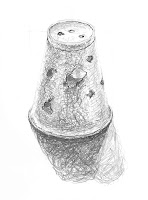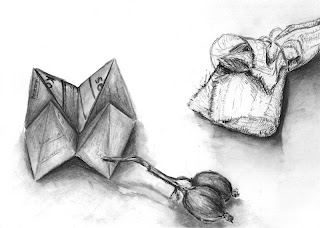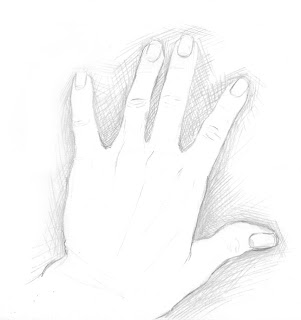How to draw a human ear
An ear is in fact an easy thing to draw. The trick is to get the shape and proportion right. You are halfway there once this is done. The rest is in the detail.
The most common mistake beginners make is to neglect the dark shadows in the ear and then what you get is a flat ear with no dimension. An ear still has folds and creases and you need to show this in your drawing. Remember that who ever looks at your drawing should immediately recognize what you want to portray without you having to tell them.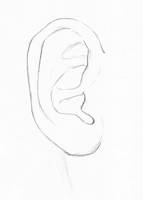
In this tutorial I am going to show you how to draw an ear with ease in a few basic steps. Don't worry if you don't get it right the first time, as with everything in life: practice makes perfect.
Step 1: Basic shapes
I always start off a drawing by defining the basic shapes found in the object. An ear can be drawn with a big circle and a small circle. Connect these circles to form the basic shape of an ear.
 Step 2: Add more detailed lines
Step 2: Add more detailed lines
Now that you have the basic outline shape of your ear, you can add some more detailed lines. I draw these lines a bit lighter. The reason I do that is so that when I start shading, I want the shading to look real and natural. You can rather make these lines darker by the use of shading later on.
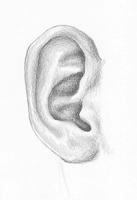 Step 3: Add light shading to areas that must appear darker later on. Gradually make them darker by use of layers
Step 3: Add light shading to areas that must appear darker later on. Gradually make them darker by use of layers
Start adding some light shading to the areas of the ear that are deeper into the drawing or further away. This will help you to avoid making mistakes. Don't start too dark, you will regret it later. Rather start light and work your way towards darker shades by working in 'layers'.
 Step 4: Add final touches and finish off
Step 4: Add final touches and finish off
Add some more light shading to all the areas that are closer to you or that you want to appear in front of the darker areas. Remember that an ear is not a flat object so please remember to have some light values, grey values and black values in your drawing.Hope that you found this step by step guide to drawing an ear useful.





